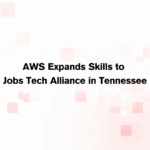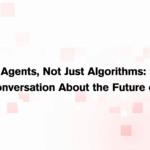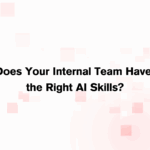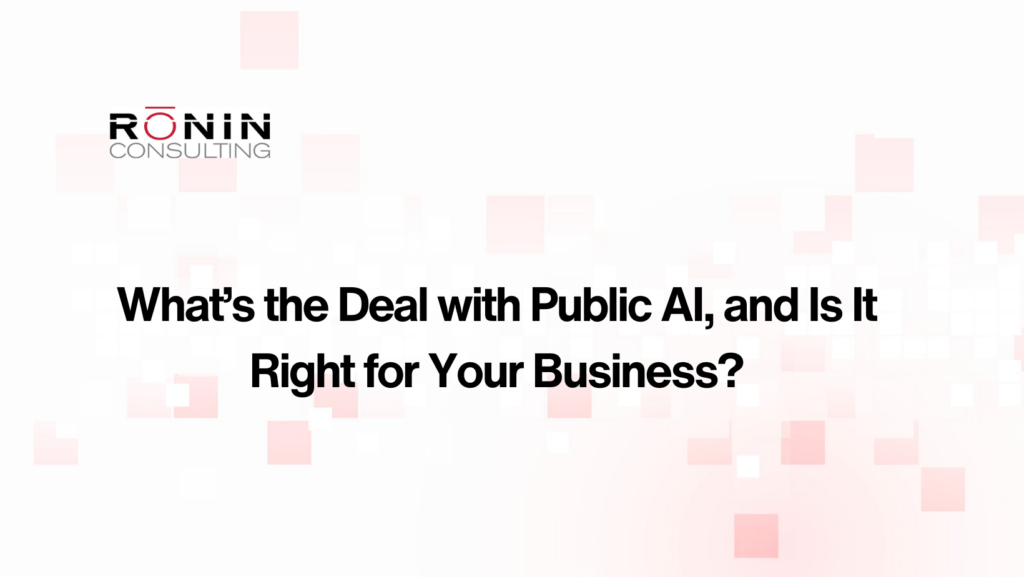
When ChatGPT exploded onto the scene in late 2022, it didn’t just make AI accessible; it made it personal. Anyone with an internet connection could tap into powerful machine-learning models to write poems, code apps, or plan dinners.
Public AI went mainstream.
Today, the question is no longer about whether people are using AI but how people are using AI. As models get more powerful and access even easier, public AI isn’t just supporting tasks. It’s shaping decisions and entire industries.
But what is public AI, and why does it matter now more than ever?
As widespread acceptance and use of public AI have become integrated into everything from productivity tools to customer service workflows, where is this technology going next, and should we get excited or fear it?
Let’s break it down.
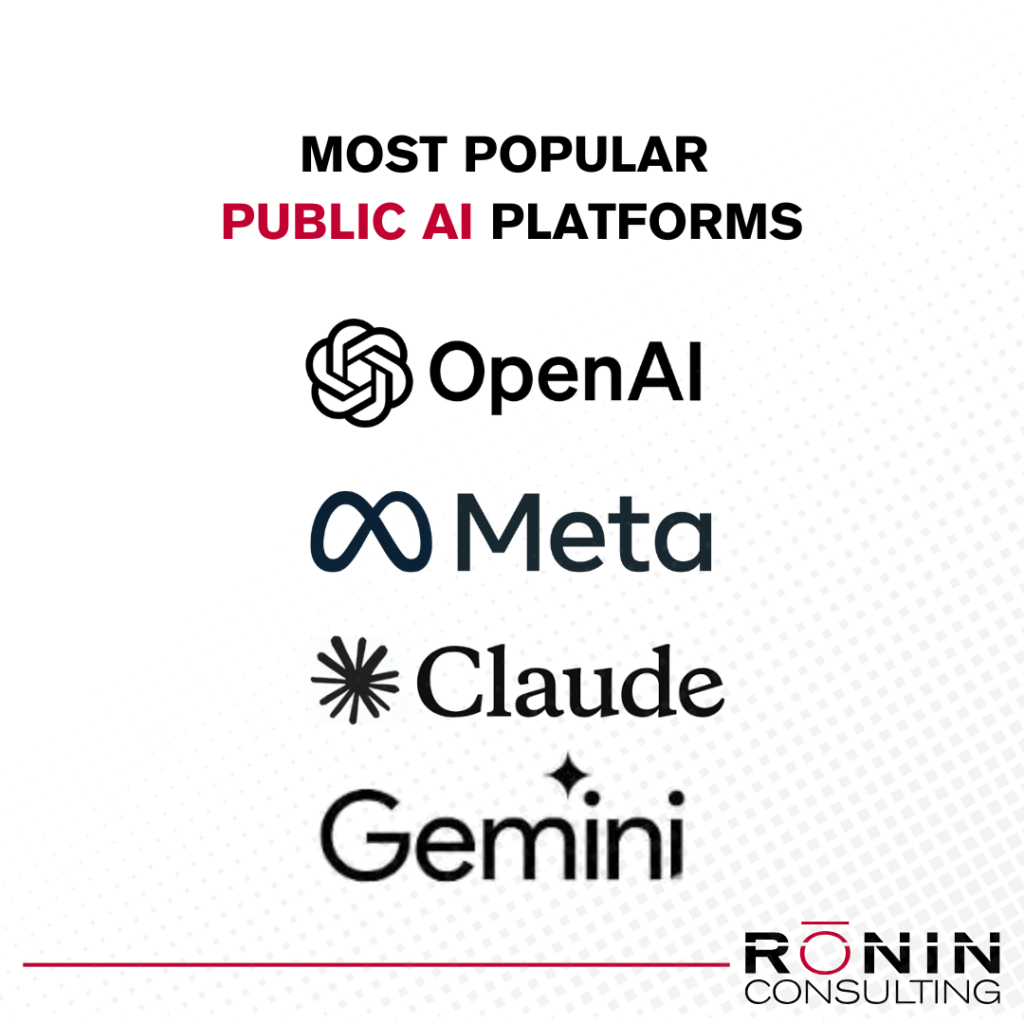
What Is Public AI?
Public AI refers to artificial intelligence systems accessible to the general public. These systems are either accessed for free or via usage-based pricing. The most popular large tech providers are:
These systems are designed to be accessible and easy to integrate into everyday tasks, like writing, coding, or searching for information. Each one of these platforms offers different strengths, but they all aim to make powerful AI capabilities available to individuals, businesses, and developers without the need for custom-built systems.
Public AI systems share key qualities
These popular systems are pre-trained on vast data sets, often sourced from the open internet, and are designed to serve a wide range of general-purpose needs. While they are all developed by different companies, these public AI systems can all have some of the same key characteristics, such as:
Open access: You can interact with these models through APIs, apps, and chatbots.
Generalized performance: Trained to handle various tasks, but not necessarily customized to your business.
Shared infrastructure: You’re using the same model others are, with limited control over training data, guardrails, or behavior.
A way to think of public AI is to consider it the “big box store” of artificial intelligence. In this analogy, public AI is convenient, powerful, and broadly useful, but it might not always be made to fit your exact specifications.
The benefits (and tradeoffs) of public AI
The appeal of public AI goes beyond the technology itself. With just a few clicks, individuals or businesses can tap into advanced capabilities that once required deep expertise or expensive infrastructure.
Here are a few of the biggest benefits driving its rapid adoption:
Pro: Low barrier to entry
Public AI tools are accessible. You don’t need a PhD or a server farm to start using AI in your business. You also don’t need any money. Many public AI tools have free platforms, and while they are not as robust, they are still a way for people to use the technology.
Pro: Constant improvements
Since these models serve millions of users, they evolve rapidly. The businesses running them are constantly putting out updates, adding new capabilities, and pushing innovation to outpace their competitors.
Pro: Scale and support
Public AI platforms are built to operate at scale. They offer excellent infrastructure, and support is provided to users.
But…
Con: Data sensitivity risks
Anything you put into a public AI system may be used for model improvement (unless you’re on a paid tier with data opt-outs or using specific enterprise tools). This makes it risky for those parties who need to input sensitive or proprietary information.
Con: Limited customization
With public AI, you’re working with the same model as everyone else. That means less control over outputs and model behavior. You will have difficulty aligning your results perfectly with your domain or use case.
Con: Cost at scale
While public AI can be inexpensive to try, costs ramp up quickly when you’re using large volumes of tokens or APIs in a production environment.
So… is public AI worth it?
This question depends on what you’re trying to do with it and how you need AI to perform. We asked our Rōnin Consulting Co-Founder Byron McClain this same question, and this is what he had to say:
For quick access, experimentation, and general-purpose tasks, public AI platforms offer unmatched convenience and power. But if you’re handling sensitive data and need greater fine-tuned control, you’ll want to weigh the tradeoffs carefully.”
Some of those tradeoffs include needing a private model to protect proprietary data or investing more money to customize performance. However, no matter where you start, public or private AI, the main goal is to know where this technology fits into your larger strategy.
So… what’s the deal? Should you use Public AI?
Public AI gives people an easy way to experiment and explore the technology. It sparks creativity and lowers the barrier to entry to get started.
However, it’s not always the right choice for every individual or business, especially when dealing with sensitive data, strict compliance requirements, or highly customized use cases.
At Rōnin, we’ve helped clients use public AI to prototype quickly, then shift to private or hybrid models when it’s time to scale with security and control. Public AI is a great place to test ideas, but it might be time to talk to us when you’re ready to build and implement.
Curious about where public AI fits into your stack? Let’s talk.


